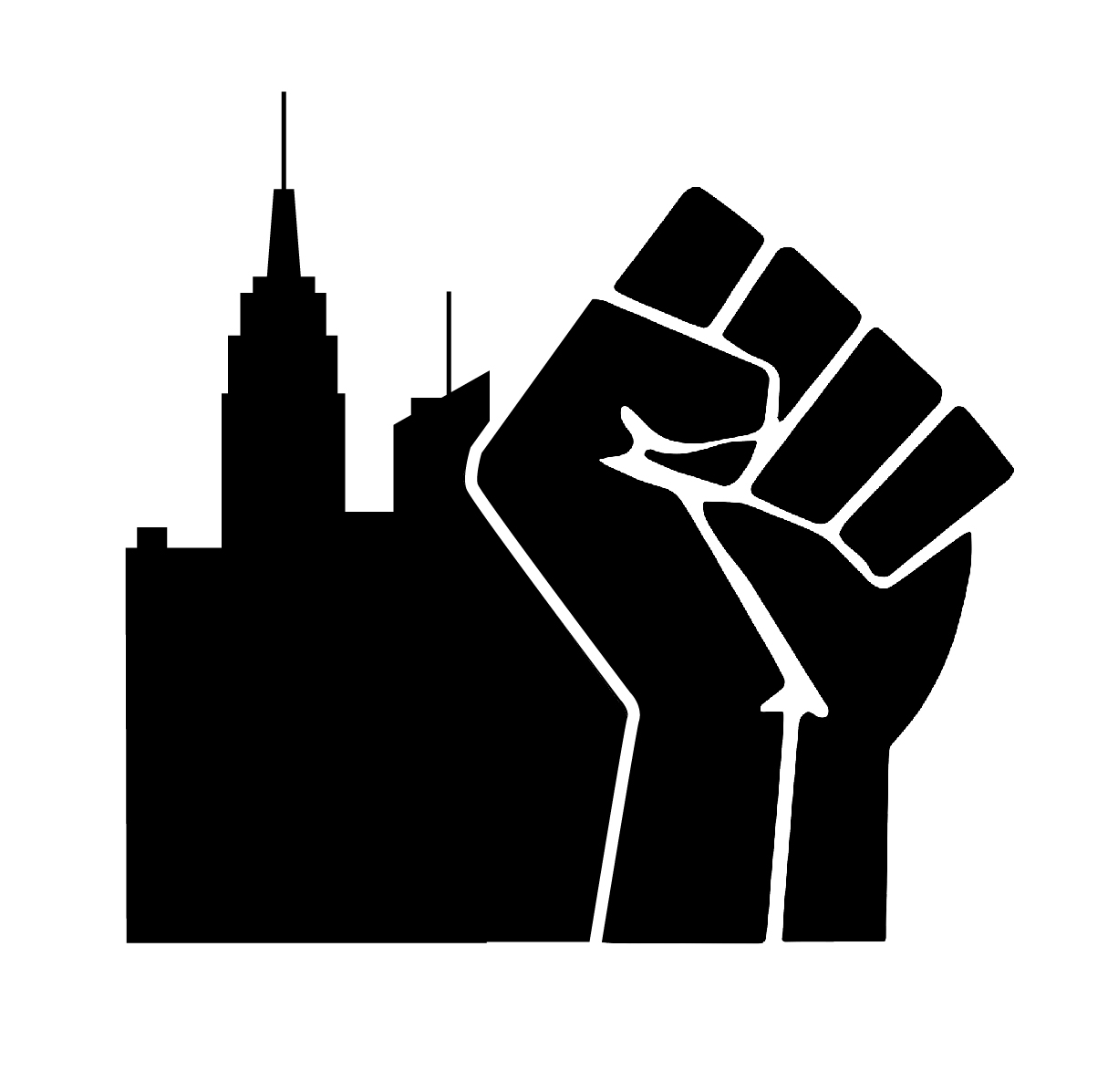The Mayor of New York City and union representatives gather periodically to define a new contract for the NYPD. New York City taxpayers are noticeably absent when police contracts are negotiated despite the fact that the police budget is funded entirely through taxpayer dollars. What occurs during contract negotiations is undisclosed to the public, and only the final, ratified contract is available for New Yorkers to examine. Therefore, the public is left blind as to what or how their representatives are negotiating at these closed-door meetings as government representatives make and reject offers without public criticism.
The PPP: Why Are We Shifting the Unemployment Problem?
In times of hardship, it becomes tempting to shift a problem onto someone else; the legislation that came out of the Covid-19 pandemic demonstrated this exact tendency. In response to the economic disruption caused by Covid-19, Congress passed the Coronavirus Aid, Relief, and Economic Security (“CARES”) Act. The Paycheck Protection Program (“PPP”) is section 1102 of the CARES Act. It aims to provide relief to small businesses in the form of a loan that can be forgiven by spending loan funds on certain types of business expenses. Although the CARES Act provides unemployment benefits, the PPP is also positioned to act as an unemployment office. By heavily emphasizing a business’s requirement to spend on payroll costs to obtain loan forgiveness (no matter the need, or lack thereof, for labor), the government essentially pushes the unemployment problem away from itself, and forces struggling small business owners to deal with it instead.
How to Better Protect Low-wage Workers from Sexual Harassment in the Workplace
The EEOC has found that about a quarter of sexual harassment complaints came from the service sector, which is dominated by low-wage, female workers. Many low-wage jobs are disproportionally held by women of color or immigrants. These women also often face intersectional disadvantages —burdens posed by race, national origin, gender identity, and other characteristics beyond gender alone — that may trigger biased treatment. Despite these findings, women’s movements like the #MeToo movement have failed to include the experiences of low wage workers, women of color, undocumented immigrants, and other segments of minority communities. Worse yet, many of these workers are not legally protected from sexual harassment.
WHY THE NBA NEEDS TO END ITS LONG-STANDING RELATIONSHIP WITH NCAA COLLEGE SPORTS
The NCAA is the omnipotent organization that runs college athletics in the United States. The NCAA and its member college and university athletic departments raked in a whopping $18.9 billion dollars in 2019. The college athletes are the revenue generators and the labor. Without the college athletes, the NCAA would not exist. Yet, college athletes receive no compensation. While college basketball and football players are predominately black, NCAA executives, athletic directors, coaches, media personalities, and television producers are overwhelmingly white. Thus, the unpaid black athletes make extraordinary sums of money for wealthy white men who reap the spoils of a grossly exploitative system
"Alston" and What it Means for College Athletics and Antirust Law
In 2019, the Power Five FBS football conferences generated over $2.9 billion in revenue. The Big Ten Conference generated more than a quarter of that total, leading all over conferences in revenue generated at over $780 million. While the NCAA is in the process of evaluating rule changes that would allow student-athletes to engage in certain sponsorship agreements, student-athlete compensation has historically been limited to academic scholarships. But while both salaries and in-kind payments have increased significantly for coaches, "pay" to student-athletes has remained capped.






